Misshapen Strawberries in Spring? It's Probably Poor Pollination.
A recent post from Barclay Poling at the NC State Strawberry Growers Information Portal highlighted several grower questions about …


El inglés es el idioma de control de esta página. En la medida en que haya algún conflicto entre la traducción al inglés y la traducción, el inglés prevalece.
Al hacer clic en el enlace de traducción se activa un servicio de traducción gratuito para convertir la página al español. Al igual que con cualquier traducción por Internet, la conversión no es sensible al contexto y puede que no traduzca el texto en su significado original. NC State Extension no garantiza la exactitud del texto traducido. Por favor, tenga en cuenta que algunas aplicaciones y/o servicios pueden no funcionar como se espera cuando se traducen.
Inglês é o idioma de controle desta página. Na medida que haja algum conflito entre o texto original em Inglês e a tradução, o Inglês prevalece.
Ao clicar no link de tradução, um serviço gratuito de tradução será ativado para converter a página para o Português. Como em qualquer tradução pela internet, a conversão não é sensivel ao contexto e pode não ocorrer a tradução para o significado orginal. O serviço de Extensão da Carolina do Norte (NC State Extension) não garante a exatidão do texto traduzido. Por favor, observe que algumas funções ou serviços podem não funcionar como esperado após a tradução.
English is the controlling language of this page. To the extent there is any conflict between the English text and the translation, English controls.
Clicking on the translation link activates a free translation service to convert the page to Spanish. As with any Internet translation, the conversion is not context-sensitive and may not translate the text to its original meaning. NC State Extension does not guarantee the accuracy of the translated text. Please note that some applications and/or services may not function as expected when translated.
Collapse ▲A recent post from Barclay Poling at the NC State Strawberry Growers Information Portal highlighted several grower questions about …
Twospotted spider mites are the most common and significant pest of strawberries grown in North Carolina. Mite management strategies …
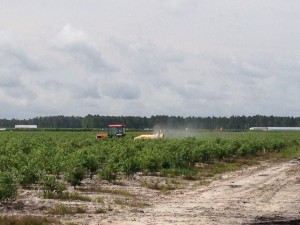
Blueberries and blackberries are getting close to ripening in North Carolina, and I have fielded a few questions from …
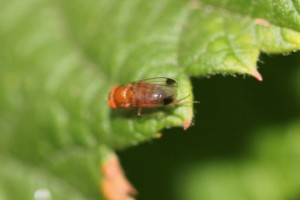
A few growers are starting to harvest strawberries in North Carolina, and as fruit ripen, now is the time …

This year, we’ve begun a project to determine the frequency and significance of strawberry clipper damage in annual plasticulture …
Update, March 21: Thanks to all who participated in the webinar! We had some great questions and we enjoyed your …
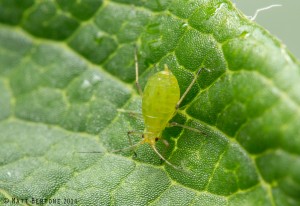
We wrote last fall about our surprise in finding, Chaetosiphon minor, in garden strawberries near our lab. Our continuing investigations …
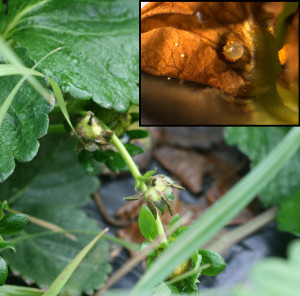
Thanks to those who contacted us! We have identified our 10 monitoring sites in NC for 2014. This spring, we …

Guest post by Amanda McWhirt, graduate student in the NC State University Crop Sciences Department. While planting for next season …
While it is still cool outside, February is the time of year when North Carolina strawberry growers should begin …
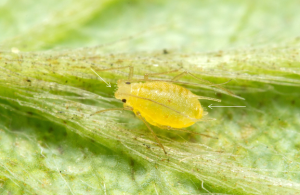
Last week, I examined a patch of strawberries in a garden just outside our lab in Raleigh, NC. I …
Humans aren’t the only species with a sweet tooth. NC State University researchers and Extension specialists have found that …
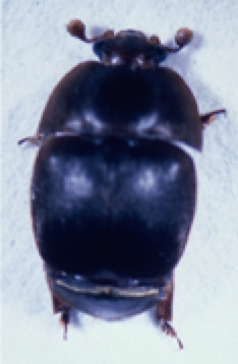
This factsheet describes the small hive beetle, its life cycle and how to prevent infestations …

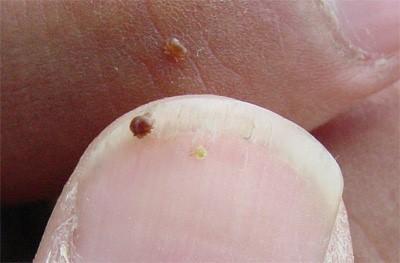
It is the goal of every beekeeper to maintain healthy, productive colonies. This can only …

This manual prepares pesticide applicators for Forest Pest Control Certification exams in the following states: …
To apply restricted-use pesticides to agricultural commodities, you must be certified or be supervised by …

This factsheet offers information on the biology and management of the emerald ash borer, an …

Black root rot impacts a range of woody and herbaceous ornamental plant species primarily in …

Whiteflies (Hemiptera: Aleyrodidae) are small (< 0.12 inch) and highly diverse insects that feed on …